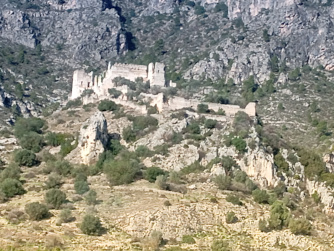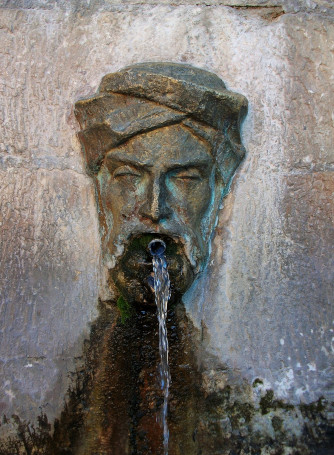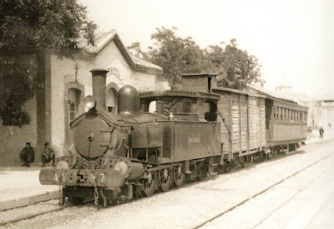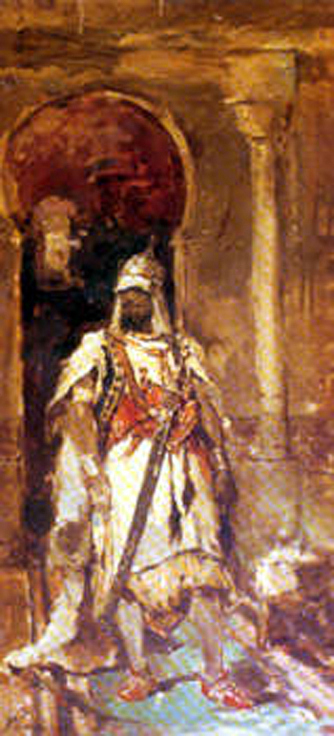
Behind Beníarrez's barrage is Lorcha is the first town where the Serpis river on its mostly leisurely run passes on the way to Gandía.
Iberer and antiquity
Lorcha's origins are very far behind and some researchers suspected an ancient Roman city. This was not confirmed, but it is worth visiting the numerous archaeological sites in the area.
Moors and Christians
At the time of the Moors, Lorcha belonged to Al-Azraq, to which James I of Aragon had submitted in a vassal pact in 1254. In 1269 the king gave the town and castle to Gil Garcés de Azagra. Both later came into the hands of Arnau de Romaní, who donated them to the Templar Order in 1288. With the disappearance of this order, ownership passed to the Order of Montesa.
In 1316, Fray Martín Pérez de Oros, Castilian of Amposta, granted city rights to the Moors of the Lorcha, Benillup, Alquinencia and Benitaric farms in the Perpuchent Valley. In 1334, Fray Pedro de Tous, Master of the Order of Montesa, established new settlement conditions for the Muslim Aljamas of the Perpuchent Valley.
expulsion
In 1602, the Perpuchent Valley was a Moorish town with a total of 60 families. They were expelled in 1609. Mallorcans were settled in their place.

Al Azraq
Abu Abd Allah Muhammad ibn Hudhayl al-Saghir, better known as Al-Azraq ("the one with the blue eyes"), was the most famous Mudejar lord of the 13th century.
He was the leader of the three Mudejar revolts south of the Kingdom of Valencia. The Al-Azraq revolts are considered the origin of the region's Moorish and Christian festivals.
After the expulsion of the Moors
In 1644 Lorcha was destroyed by an earthquake.
In 1777, several residents fell victim to what was believed to be a rabid wolf.
Between 1835 and 1865 the community was struck by cholera several times.
Between 1877 and 1879, the citizens experienced an alternation of droughts and heavy rains.
José Antonio Juan Llorens has compiled a variety of details about the history of Lorcha on his blog (Spanish):
eresdelorchasi.blogspot.com/
La Xitxarra
In 1893, after several years of construction, the railway line from Alcoy to Gandía (Xitxarra) was opened.
At the same time, the bridge over the Serpis was planned, which was completed in 1922 and would make Lorcha easier access to the train station.
The railway line ceased operations in 1966.

